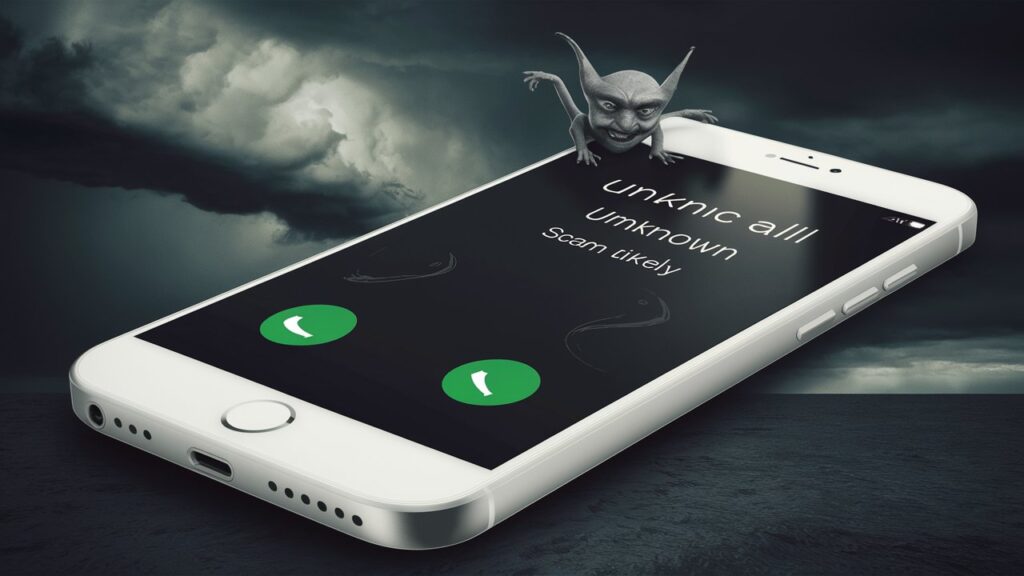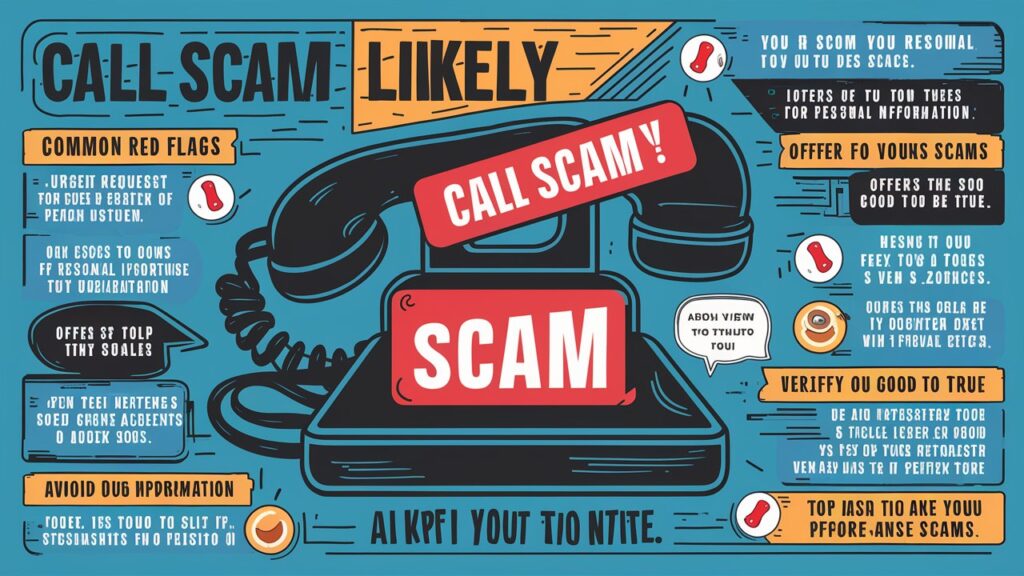
Scam Likely What You Need to Know
In today’s digital world, receiving phone calls from unknown numbers has become a common part of life. However, if you’ve ever received a call labeled “Scam Likely,” you might be wondering what that really means and how you should handle it. This article empowers you to take control of your phone calls, diving into the details of “Scam Likely” calls, explaining how they work, what to do when you receive one, and providing tips to protect yourself from potential scams.
Understanding “Scam Likely” Calls

When your phone displays “Scam Likely” on the screen, it’s not just a random label. It’s a warning from your mobile carrier indicating that the incoming call is flagged as potentially suspicious. This label is part of a broader effort by carriers to protect users from fraudulent activities.
Also Read: us9514961195221
How Does “Scam Likely” Work?
1. Algorithms and Call Patterns
Carriers use complex algorithms to sift through vast amounts of call data. These algorithms analyze call patterns to detect unusual or suspicious behavior. For instance, if a number makes a high volume of calls in a short period, it might be flagged as a potential scammer. Similarly, if a number repeatedly calls from a certain geographic area known for scam activities, it may trigger the “Scam Likely” warning.
2. Caller ID Spoofing
One common tactic used by scammers is caller ID spoofing. This technique involves manipulating the caller ID to display a number that looks legitimate, but in reality, it’s a deceptive number used by scammers. If the system detects discrepancies between the caller ID and the actual number, it may label the call as “Scam Likely.”

3. Database of Known Scammers
Carriers maintain databases of numbers reported for scam activities. These databases are frequently updated with new entries based on user reports and other sources. Calls from numbers listed in these databases are often flagged as “Scam Likely.”
What Should You Do When You See “Scam Likely”?
1. Do Not Answer
When you see a “Scam Likely” label, the safest approach is to avoid answering the call. Scammers often use tactics to entice you into answering by creating a sense of urgency or curiosity. Answering such calls can lead to potential financial loss or identity theft. Ignoring the call is the best way to avoid falling for potential scams.
2. Block the Number
Most modern phones allow you to block numbers directly from your call log or call screen. This technological feature reassures you that you can prevent these numbers from contacting you again, reducing the chances of repeated nuisance calls from the same source.
3. Report the Call
Many carriers offer reporting options for scam calls. Reporting helps the carrier improve its spam detection systems and assists other users in avoiding similar calls. Check with your carrier to see if they offer a reporting mechanism.
4. Be Cautious
If you accidentally answer a call marked as “Scam Likely,” remain cautious. Do not provide any personal information or agree to any requests made by the caller. Scammers often try to gather sensitive information under pretenses.

Additional Tips to Protect Yourself
1. Install a Call-Blocking App
Several apps are available that can help identify and block unwanted calls. These apps often come with additional features, such as real-time alerts and databases of known scam numbers. Installing a reputable call-blocking app can provide an extra layer of security.
2. Keep Your Phone Software Updated
Phone manufacturers frequently release software updates that include security improvements. Keeping your phone’s software updated ensures that you benefit from the latest protections against spam and scam calls.
3. Educate Yourself About Common Scams
Understanding common scam tactics can make you more vigilant and knowledgeable. Scammers often use a variety of methods, including impersonating legitimate organizations, phishing for personal information, or offering fake prizes. Familiarizing yourself with these tactics can help you recognize and avoid scams.

4. Be Skeptical of Unsolicited Calls
Regardless of whether a call is marked as “Scam Likely,” it’s wise to be skeptical of unsolicited calls. Verify the legitimacy of the caller by contacting the organization or individual through official channels, such as their official website or customer service number, before providing any information or taking any action.
5. Register with the National Do Not Call List
In some countries, you can register your number with a national Do Not Call list. This list aims to reduce the number of unsolicited marketing calls you receive. While it may not eliminate all scam calls, it can help reduce the volume of unwanted calls.
6. Use Caller ID Features
Many phones come equipped with caller ID features that provide information about incoming calls. While “Scam Likely” labels are a helpful warning, caller ID can also offer additional context about the call’s origin. Combine this with other protective measures for a comprehensive approach to avoiding scams.
7. Be Aware of New Scam Techniques
Scammers constantly evolve their tactics to evade detection. Staying informed about new scam techniques and warning signs can help you remain vigilant. Regularly check for updates from consumer protection agencies and cybersecurity experts.

Conclusion
Receiving a call labeled “Scam Likely” can be alarming, but understanding what it means and how to respond can help you stay safe. By not answering these calls, blocking unwanted numbers, and staying informed about common scams, you can protect yourself from potential fraud. Utilize additional tools and tips to enhance your security, and always approach unsolicited calls with caution. In an age where scams are becoming increasingly sophisticated, knowledge and vigilance are your best defenses.

[…] of the primary factors that can trigger a “Scam Likely” warning is the call frequency and duration. If a single number is making numerous short calls within […]
[…] you receive a call labeled as “Scam Likely,” it’s important to take the following steps to protect […]